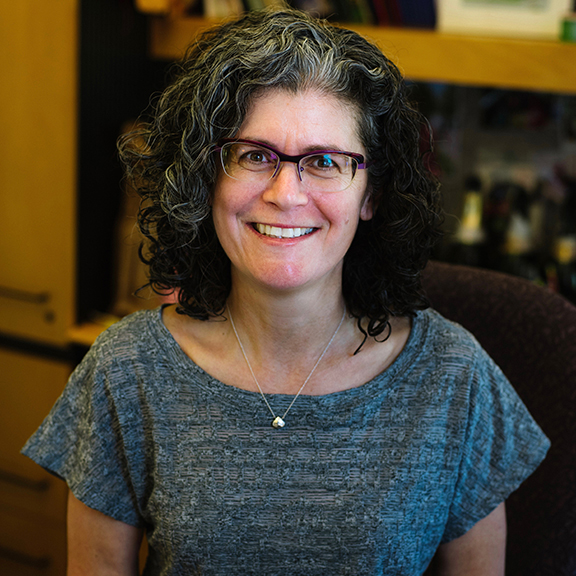
Mark Martin joins TWiM to describe nano-sized parasitic bacteria that inhabit humans, and the construction of whole-cell biosensors for detecting arsenic in drinking water.
Hosts: Vincent Racaniello, Elio Schaechter, and Michael Schmidt
Guest: Mark O. Martin
Right click to download TWiM#222 (58 MB .mp3, 79 minutes)
Subscribe to TWiM (free) on iTunes, Google Podcasts, Stitcher, Android, RSS, or by email. You can also listen on your mobile device with the Microbeworld app.
Become a Patron of TWiM!
Links for this episode
- Ultra-small parasitic bacteria in humans (Cell Rep)
- Arsenic (WHO)
- Arsenic and drinking water (CDC)
- Arsenic biosensor in bacteria (Appl Envir Micro)
- Image credit
- Letters read on TWiM 222
Music used on TWiM is composed and performed by Ronald Jenkees and used with permission.
Send your microbiology questions and comments to [email protected]





Dear esteemed TWIM hosts, many thanks for another interesting episode. I would also appreciate your thoughts on recent references to bacteria surviving for millions of years in deep ocean cores (See Morono, Y., Ito, M., Hoshino, T. et al. “Aerobic microbial life persists in oxic marine sediment as old as 101.5 million years”. Nat Commun 11, 3626 (2020)). I have been trying to understand the implications – such as pathogenic bacteria potentially surviving longer than anticipated (global warming leading to ice melting has been proposed to lead to a release of historic pathogenic bacteria and viruses…) – and also any chance of this being due to contamination? Many thanks, Rich